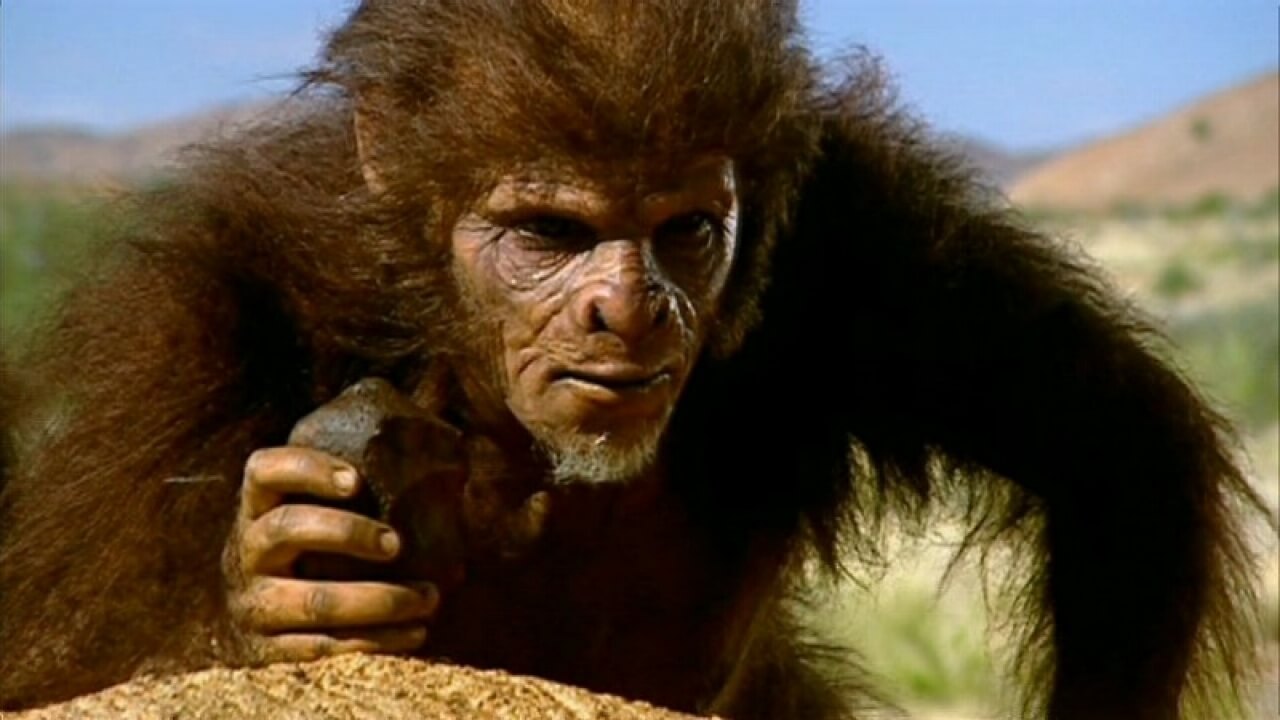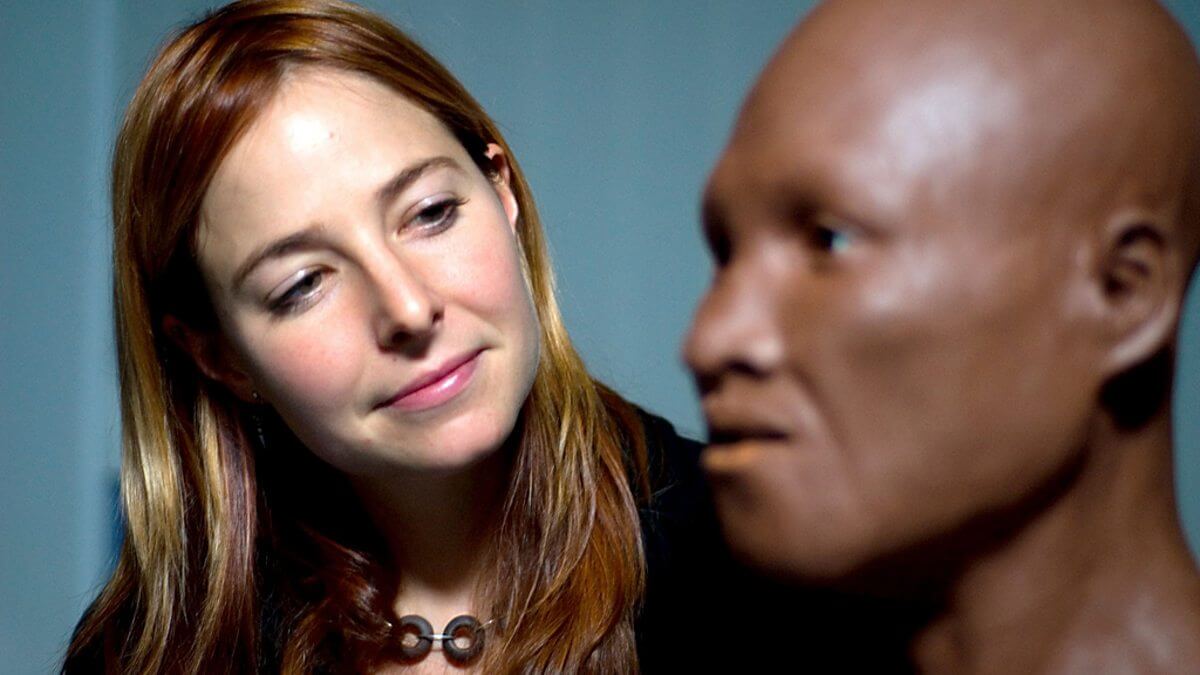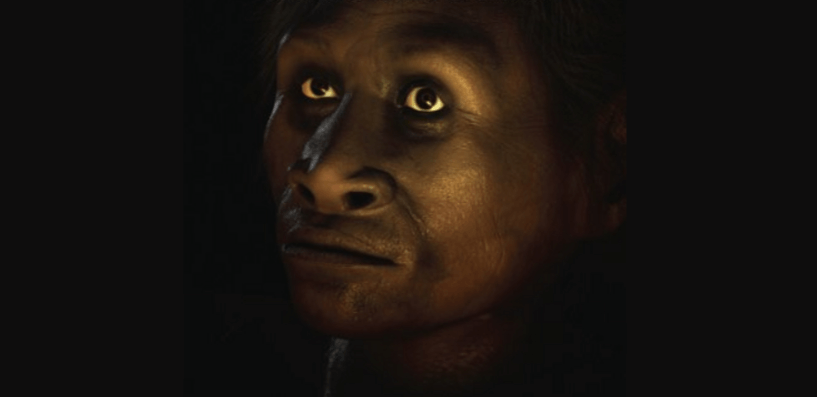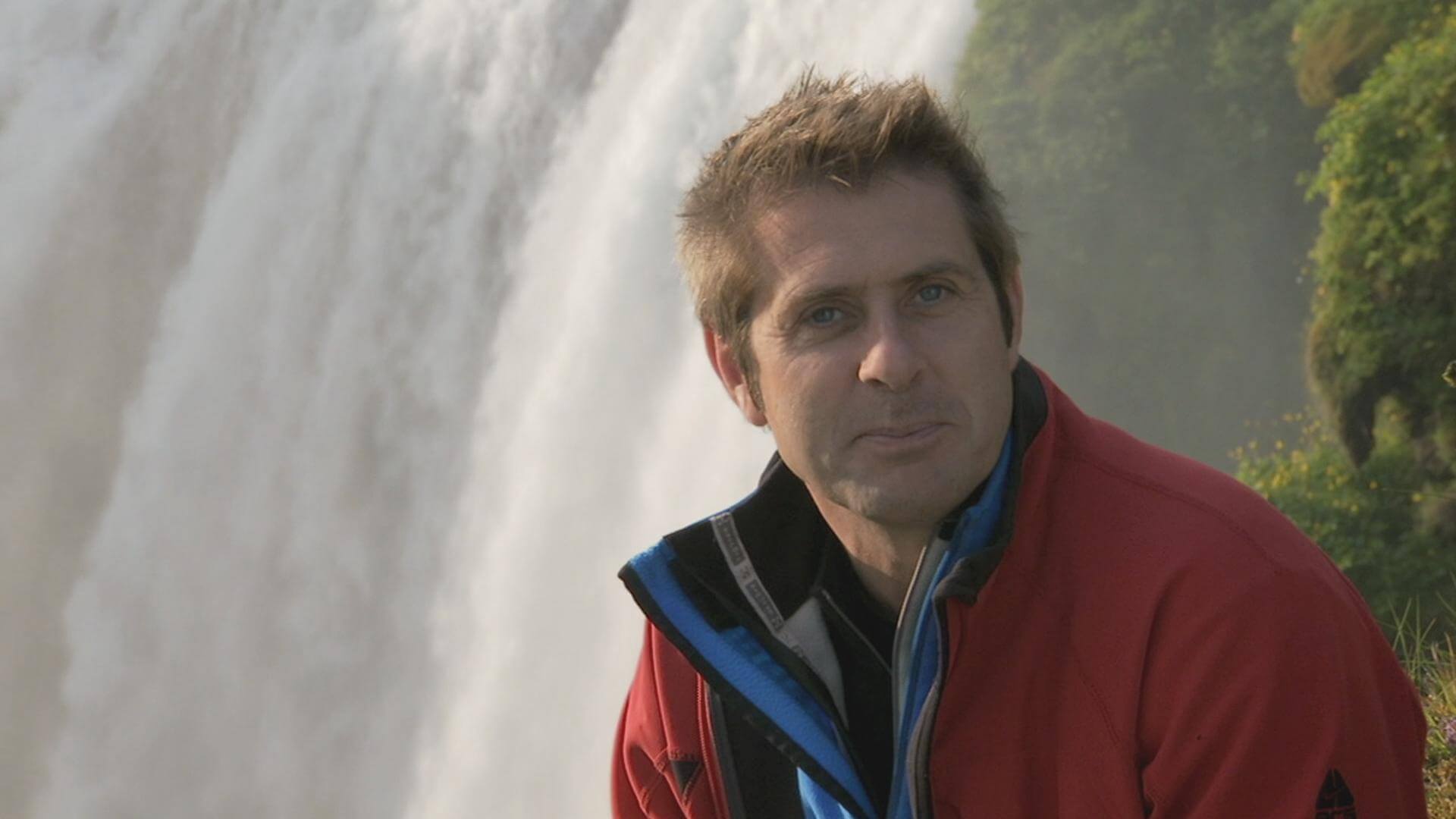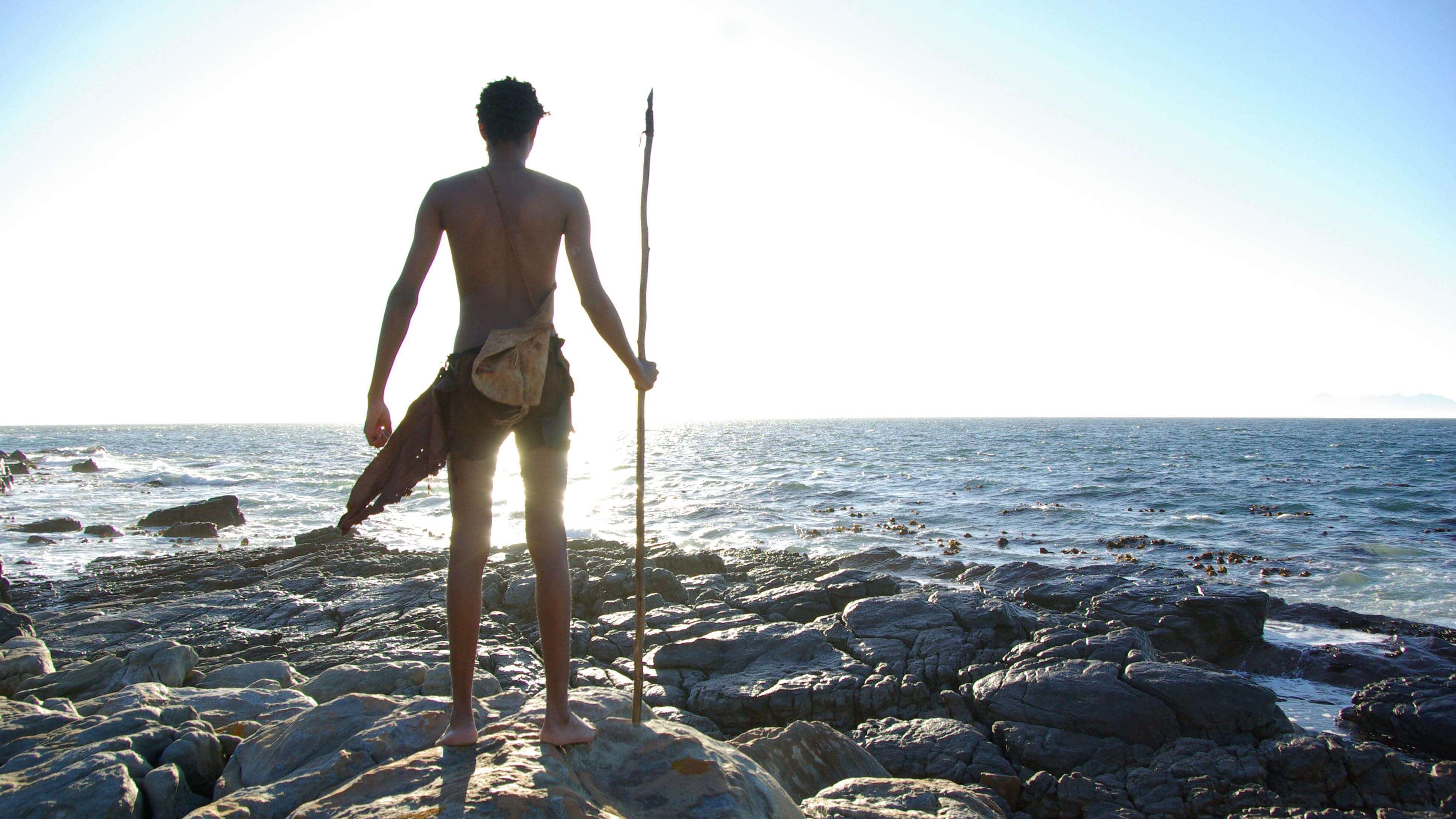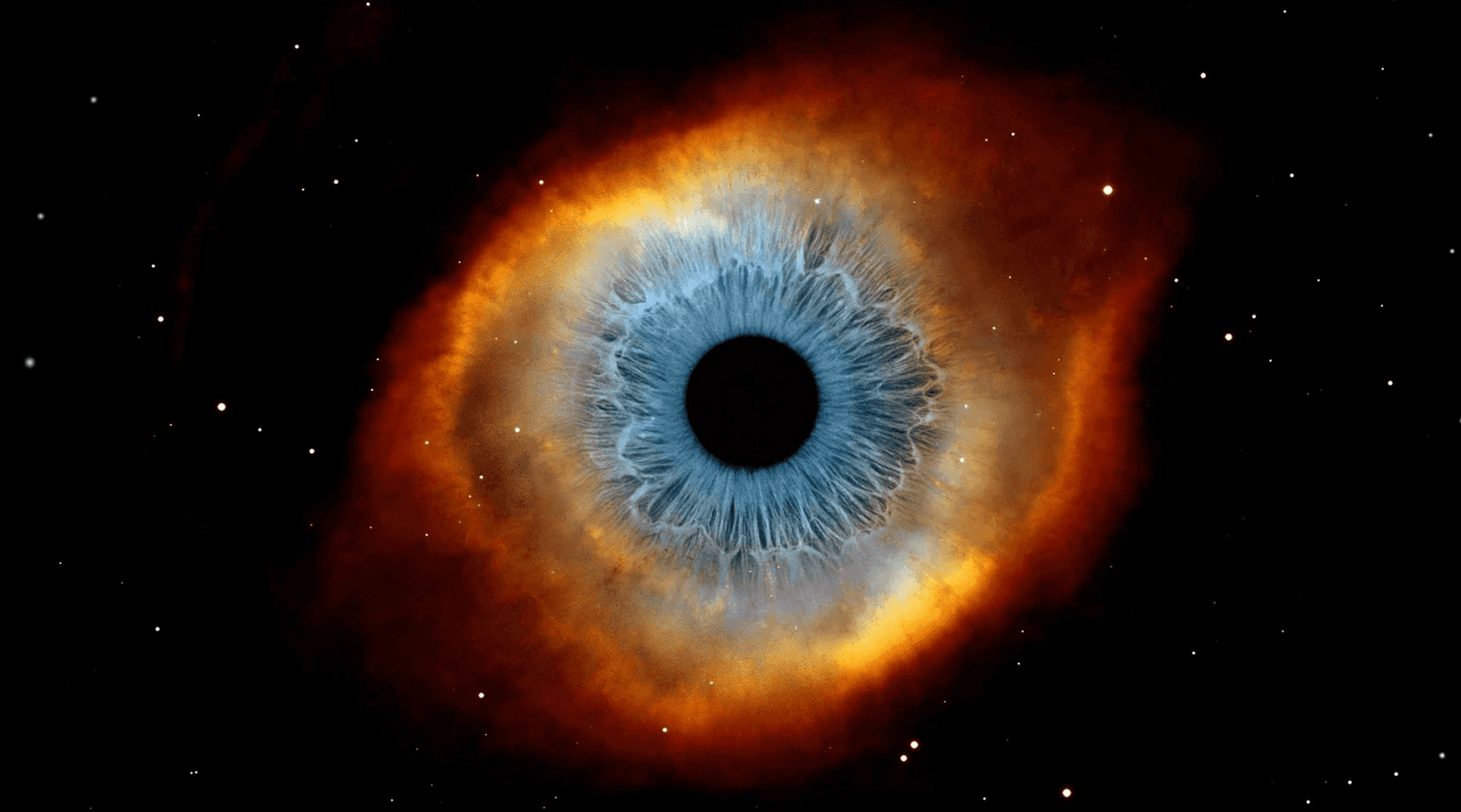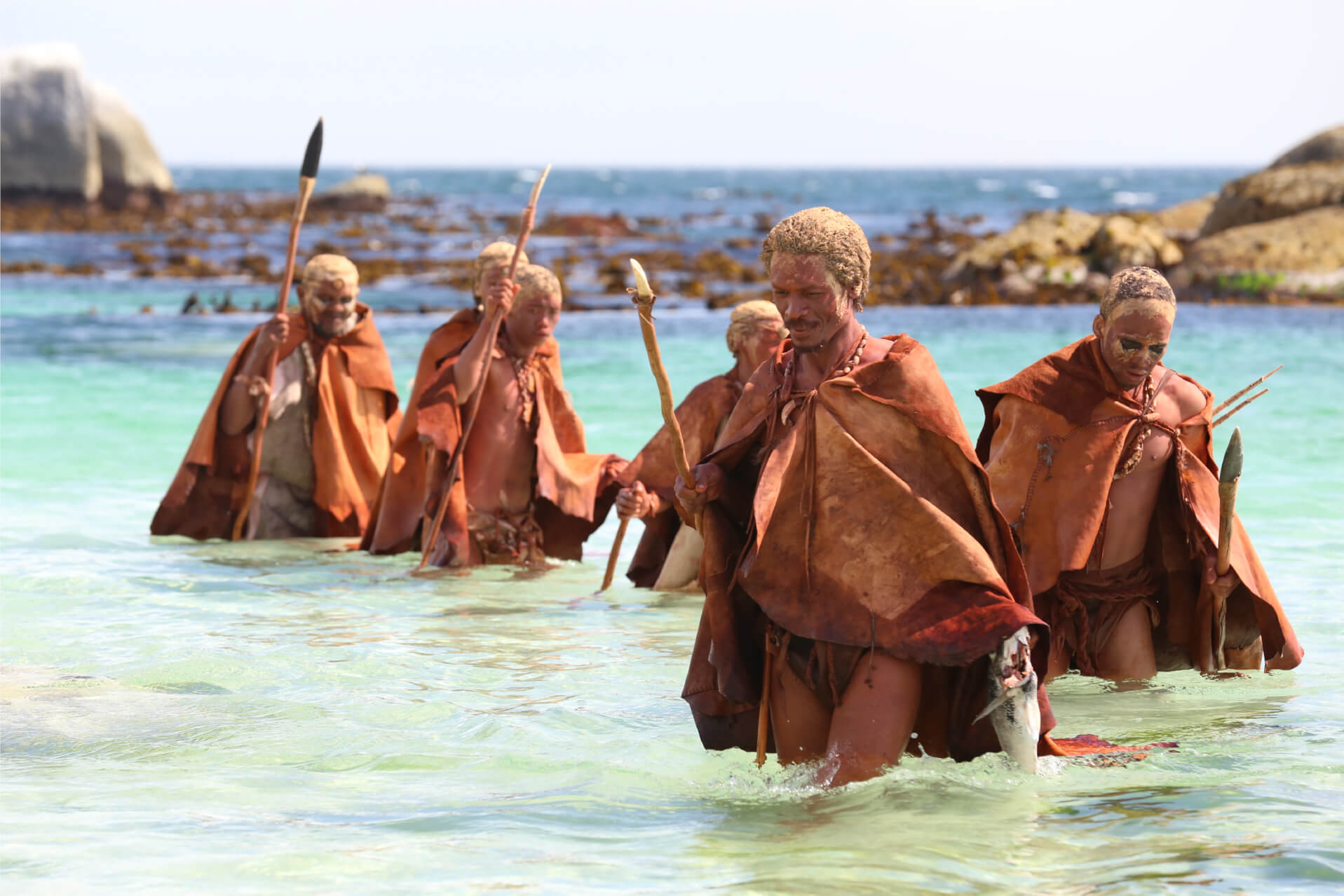description:
Walking with Cavemen is a four-part television documentary series about human evolution produced by the BBC in the United Kingdom. It was originally released in April 2003. It was subsequently presented in the United States as a two-part series by the Discovery Channel and its affiliates. There was an accompanying book of the same title.
Like the other Walking with… documentaries, Walking with Cavemen is made in the style of a wildlife documentary, featuring a voice-over narrator (Robert Winston in the British release, Alec Baldwin in the North American release) who describes the recreations of the prehistoric past as if they were real. As with the predecessors, this approach necessitated the presentation of speculation as if it were fact, and some of the statements made about the behaviour of the creatures are more open to question than the documentary may indicate.
Each segment takes the form of a short drama featuring a group of the particular hominid in question going about their daily lives (the search for food, protecting territory, and caring for the sick and injured). The intent is to get the human viewer to feel for the creatures being examined, almost to imagine being one of them (a trait that the documentary links to the modern human brain).
The documentary was produced largely by the same team who produced the award-winning Walking with… documentary series, though the original series’ director, Tim Haines, was not involved.
In the previous Walking with… documentaries, extinct animals were recreated with CGI and animatronics. For Walking with Cavemen, a slightly different approach was taken. While most of the animals depicted were still computer generated or animatronic, the human ancestors were portrayed by actors wearing makeup and prosthetics, giving them a more realistic look and permitting the actors to give the creatures a human quality.
episodes:
It’s 3.5 million years ago and in East Africa a remarkable species of ape roams the land. Australopithecus afarensis has taken the first tentative steps towards humanity by standing and walking on two legs.
Just a few million years previously, Africa was covered, almost edge-to-edge, with dense rain forest. Our ancestors almost certainly used all four limbs to move and live and hunt in their tree-top homes. But massive geological turmoil changed their destiny.
The rift valley was forming, and the rain forests dying as Africa dried out – turning the landscape into a mosaic of scattered trees and grass. In this new environment afarensis found it more efficient to move about on two legs rather than four.
This film follows a close-knit troop of afarensis, and in particular, Lucy and her young infant. Led by a strong alpha male, there is harmony in their lives. They sleep high in the trees and spend most of the day foraging for food. But then tragedy strikes. While drinking from a nearby river, a lone crocodile sneaks in unnoticed and catches the alpha male unawares.
Now leaderless, a dispute for dominance between the two secondary males unsettles the troupe. Added to that, a rival troupe invades Lucy’s territory. While not uncommon in their chimp-like lifestyles, the resultant turf war is both violent and extreme and has devastating consequences.
As the troop’s life moves on, ‘First Ancestors’ shows how although bi-pedalism offers only slight advantages to the afarensis, it opens the door to an astonishing set of new skills and abilities that will change the shape of human life on Earth forever.
The Africa of two million years ago is a crossroads in human evolution. Half a dozen or more different species of ape-men exist alongside one another. Each of them has exploited the environment in a different way and has developed their own strategy for survival.
Blood Brothers’ follows the lives of two species, Paranthropus boisei and Homo habilis who embody two alternative ways of ape-man life. Although heavyset, with distinctive gorilla-like faces, the boiseiare gentle characters. They live within a strict social structure and are led by a dominant male whose strength and power holds the group together.
They are adapted brilliantly to the tough conditions in this dry arid land. Their huge teeth, four times the size of our own, and strong jaws mean they can eat the toughest vegetation. For them dried tubers and reed roots are rich pickings.
The habilis have taken a different approach to survival. They don’t have the specialisms of the boisei but instead have developed into the archetypal jack-of-all-trades, inquisitive scavengers prepared to try almost anything to survive. Tough, active, gregarious and noisy, they are always on the move and always alert to the possibility of a meal. But in the near drought of the dry season the habilis are struggling. It seems as if their way of life cannot help them when conditions are tough.
However habilis have a secret weapon. They have come to use brainpower rather than brawn. They’ve learnt to work together to scare other predators away from food. They scavenge for meat and, perhaps most importantly, make basic stone tools – equipping themselves through their own efforts with the kind of specialist eating equipment creatures like the boisei have by nature.
But which strategy for survival will win out? Which of these ways of living is still present in us? As is often the case in our story, nature has a say: Massive geological turmoil means the habilis and boisei environments continue to change. The boisei‘s specialisms have locked them into one way of living, and when their niche no longer exists, neither can they. But the habilis can adapt to a changing world – their generalist trait lives on in us.
The Africa of two million years ago is a crossroads in human evolution. Half a dozen or more different species of ape-men exist alongside one another. Each of them has exploited the environment in a different way and has developed their own survival strategy .
One and a half million years ago, a new breed of ape-man walks the land. In southern Africa, Homo ergaster has taken the next step to becoming human. They have long, modern looking noses, which cool air as they breathe.
Their hairless bodies, with millions of tiny sweat glands, mean they don’t pant anymore to control their temperature – they sweat. And, above all, they have big brains – nearly two-thirds the size of ours.
Savage Family follows the lives of a close-knit group of ergaster on a hunt and discovers how they use are their big brains. They are the first ape-men to have our complex understanding of the natural world, and can recognise and follow the footprints left behind by many different animals. They are expert toolmakers and use a highly refined stone hand axe. But the most important things they use are their big brains for understanding others in their group.
Ergaster live in large social groups and spend their time getting along with each other. Their society is held together not by a dominant male, but by the bonds of family and friends. For the first time, hunters will bring back meat to people left behind from a hunt, using it to forge alliances and reinforce relationships. Their extraordinary social world has led to a new phenomenon in our human story – couples living together monogamously, at least for a time.
Their new found social bonds and understanding of the world has equipped them with skills that enable them to move away from their ancestral home in Africa. Over thousands of years they spread throughout the Middle East and Asia, reaching as far as China and are now known in their new Asian home as – Homo erectus.
But for all their sophistication, these ancestors are still very different from us. Jump forward one million years and they are still around, and so too are their stone axes. Nothing about their exceptional tool has changed. In a million years they have made no technological advancements. Compare this with Homo sapiens who have gone from the Steam Age to the Space Age in under 100 years.
Their brains simply do not work in the flexible way ours do. For them to become like us requires a major change in thinking. It could be we know what triggered this dramatic change. Towards the end of ergaster‘s time there is evidence that they learnt to control and work with fire as a weapon, for warmth and as a tool.
For the first time in our history the night no longer brought danger, but warmth, security and time for the mind to wander and perhaps time for the mind to change. Fire certainly revolutionised the way our ancestors lived – perhaps it did the same for their thoughts.
Nearly half a million years ago, the most advanced human yet roams Europe. Strong and powerful, Homo heidelbergensis are fierce hunters, use sophisticated tools and live in close-knit family groups.
They look and behave in a very human way – yet something is missing. In ‘The Survivors’, the final programme in the series, we follow three brothers on a hunt. When one brother is injured his distraught family spend most of the night trying to keep him alive.
Yet in the morning, the hunter is dead and his family have gone, leaving him where he died. There is no ceremony and no looking back. Heidelbergensis can only see the world as it is. They cannot, for example, think of a life after death, for they lack the one thing that makes us human – a modern imagination.
Heidelbergensis are the departure point for the last leg of the journey towards modern humans. Over 200,000 years they become split into two populations by extremes of weather and environment and evolve separately into two very different species.
In the North are the Neanderthals, whose physical power and resilience is the key to surviving in ice age Northern Europe. In one of the most inhospitable environments ever, a small group of Neanderthal are finding things tough.
The leader’s partner is expecting her first child, and the men must travel far to find food. If they’re unsuccessful, the group will have to move on – a perilous journey for the near full-term mum. In their world, being strong and tough is the key to survival. If the going gets tough, they just fight back harder.
In the South the other descendants of heidelbergensis, are finding the going even harder. About 140,000 years ago, Africa is in the grip of a devastating drought, and something remarkable has happened to the descendants of heidelbergensis who live there. The combination of environment and chance has bred in them a unique ability that will change the course of human history.
They have developed a mind capable of imagination. For the first time on E arth there is a creature capable of understanding and anticipating possibilities, with the gift of abstract thought. It very possibly saves them from the brink of extinction.
Although the Neanderthals were unbeatable for a quarter of a million years, it will be this small band of southern survivors, perhaps numbering just a few tens of thousands, who will come to dominate the world and be known as Homo sapiens.

